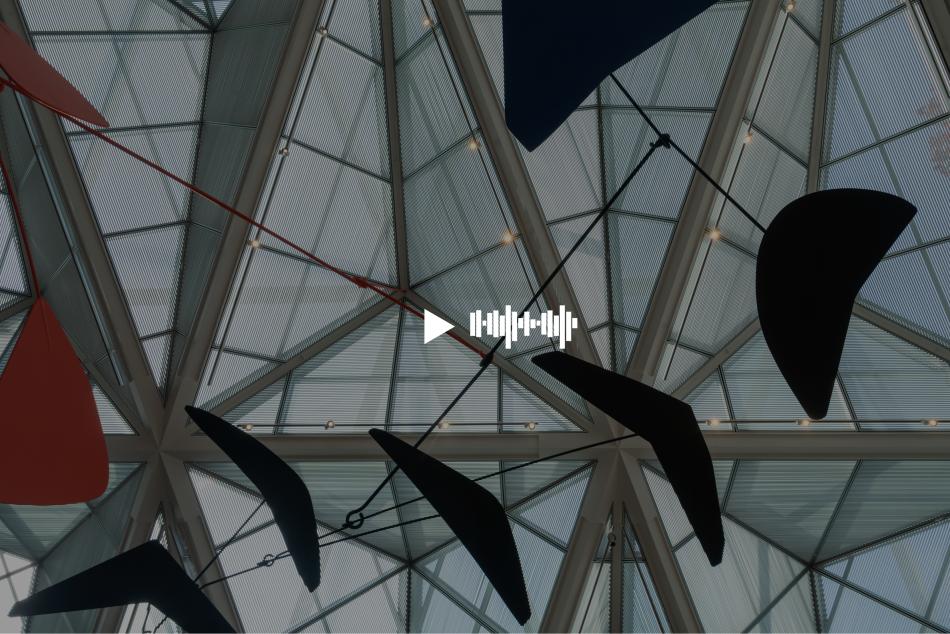JOHN HAND:
“This is John Hand, curator of Northern Renaissance Painting. We are looking at the only painting by Matthias Grunewald in North America. Entitled The Small Crucifixion, it is certainly one of the most gruesome and physically harrowing works of art in the National Gallery of Art. It depicts the dead Christ on the cross, his body so heavy that it bends down the crossbeam. His body is covered with sores, it has been beaten it is discolored. He is mourned by the Virgin, on the left, John the Evangelist at the right; and kneeling at the foot of the cross is the Magdalene wearing purple and blue.”
“The emotional impact of this painting derives from the genius of Grunewald; he is one of the great colorists of the 16th century. There is a slightly acid quality to the tints and hues The pose of John, how his wrists and his hands are bent back in a very awkward angle--it’s almost physically painful to imagine yourself doing that.”
NARRATOR:
In translating his deep spiritual faith into pictorial form, Grunewald borrowed these grotesque images from the visions of a 14th-century mystic, St. Bridget of Sweden. She wrote about the crucifixion as if she were an eyewitness, stressing Christ’s physical suffering. Grunewald underscores the grim nature of the scene with such details as Christ’s tattered loincloth and the oppressive dark blue above – a sky that seems far more mysterious and intense than normal.
JOHN HAND:
“If you look at the upper right, just above the cross bar, you can see that an eclipse of the sun has taken place, and such an eclipse of the sun occurred in 1502 and probably made a deep impression on Grunewald and other citizens of Germany. It also, of course, is in accord with the biblical description of how the sky grew dark at the time of the crucifixion.”



